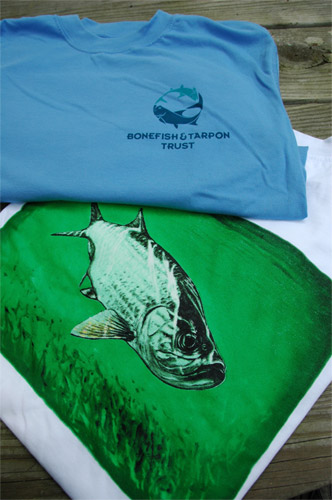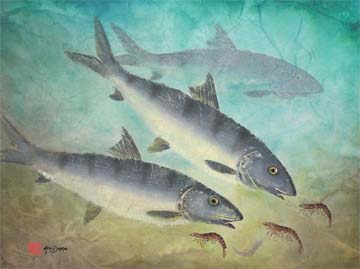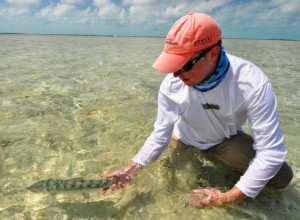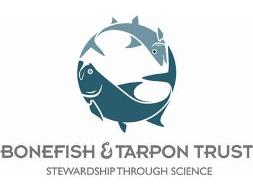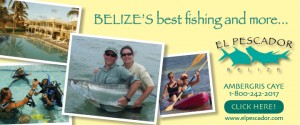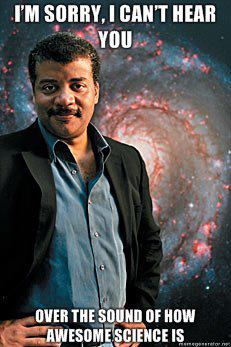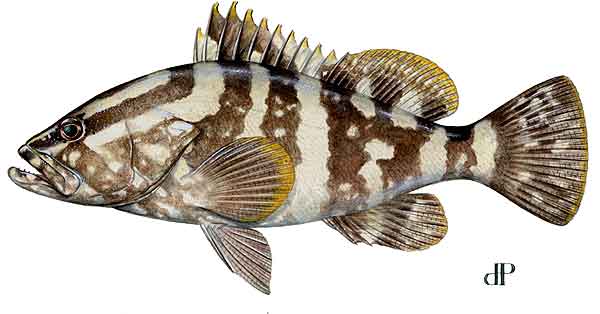
Nassau Grouper
The awesomeness that is Flatswaker has some science to share around that oh-so-tasty and sadly over-exploited staple of the Caribbean, the Grouper.
Groupers aggregate to have sex spawn and they kind of need to be left alone to do that. If those gatherings are targeted for exploitation, well, the whole population can (and will) crash.
Seems like a given that this would be a bad, bad thing to do, but that sad fact doesn’t keep it from happening.
To put this in perspective there’s the story of a Caymanian fisherman who bragged about fishing the grouper holes to such an extent that after cleaning his catch he left over 100 pounds of grouper eggs (row) on the dock to rot. He was proud of his achievement and (so the story goes) did it again the following year.
Check out the grouper posts at Flatswalker here and here.
Of course, the Caymans aren’t the only places dealing with the challenges of grouper aggregations being targeted… here’s a story from Belize from 2009.

